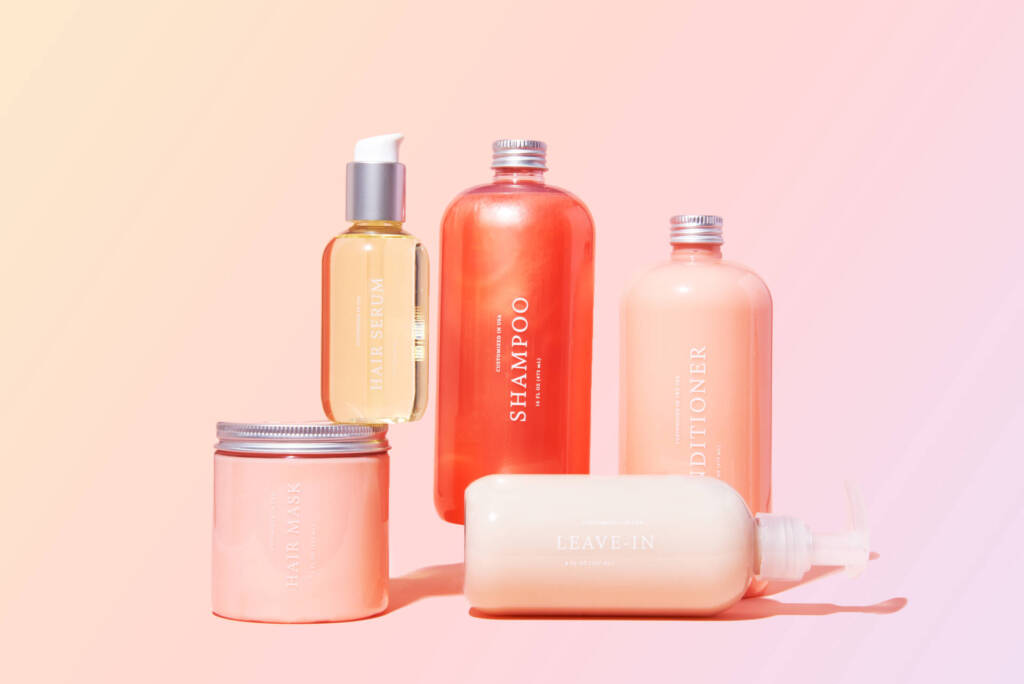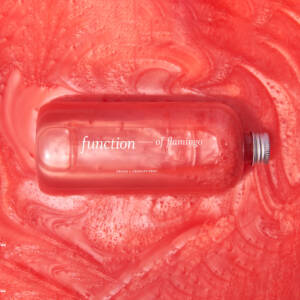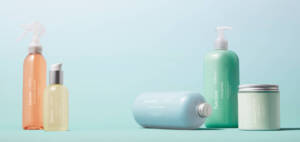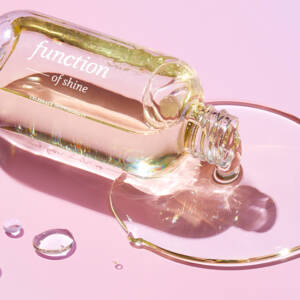It’s true that nearly none of us would say no to a salon-quality blowout. But it’s also true that we don’t have the time (or money) to regularly visit our hairstylists for a professional-level ‘do. That’s why most of us keep a blow-dryer on hand at home. With that said, one question often lurks in the back of our minds: Is blow-drying your hair bad?
Constant exposure to high heat is indeed a recipe for hair damage in the making. But that’s not to say blow-drying is entirely bad for your mane, so long as you do it correctly. In fact, science reveals that air-drying may be more damaging than blow-drying. (Surprise, surprise!)
Ahead, we address all of your concerns and answer the question, “Is blow-drying your hair bad?” Keep reading to find out if you should switch from Team Air-Dry to Team Blow-Dry.
Understanding Your Hair’s Anatomy
For the record, any form of heat styling (blow-dryers included) takes a toll on your hair strands. A groundbreaking 2011 study published in the Annals of Dermatology specifically mentioned that not using hair-dryers results in “a relatively well protected hair surface,” while the use of one led to more hair damage.
To understand how that happens, let’s take a closer look at the anatomy of your hair strands:
- Cuticle: As the outer layer of the hair fiber, the hair cuticle is made up of overlapping scales that are either closely aligned (usually in straight hair types) or loosely arranged (usually in curly and coily hair types).
- Cortex: The middle layer of the hair fiber. It consists of keratin proteins and structural lipids.
- Medulla: The innermost layer of the hair fiber, it’s usually present in coarse hair. It’s a central region of loosely packed cells in a disorganized manner.
- Cell membrane complex (CMC): The glue that holds hair cells together. There are three types: cuticle–cuticle, cuticle-cortex, and cortex-cortex.
Is Blow-Drying Your Hair Bad?
So, is blow-drying your hair bad? Not necessarily. Per the earlier 2011 study, heat damage is usually seen on the hair cuticles rather than within the fibers (i.e., the cortex and medulla). You can think of your cuticles as the first line of defense against heat exposure from blow-drying hair. In which case, healthy cuticles mean your mane is less likely to suffer after a bout of blow-drying.
Of course, there’s a limit to the protective powers of your cuticles. One study in the International Journal of Cosmetic Science cautioned that heat settings higher than 284 degrees Fahrenheit cause damage to the cuticles that’s irreversible (think frizzy-looking hair and split ends). At high temperatures of 392 degrees Fahrenheit, expect wholly damaged hair.
That’s because when you blast hot air onto wet hair, small bubbles form inside the shafts. This weakens your mane, making it more prone to dryness and brittleness. In other words, hello frizz, tangles, and breakage.
Is It Good to Let Your Hair Dry Naturally?
At this point, you may think that air-drying trumps blow-drying. But the scientific literature begs to differ.
Circling back to the 2011 study on hair damage from blow-drying, one surprising result stood out: air-drying damaged the CMC in the hair fibers while blow-drying did not. The potential reason behind this is that when your locks become wet, the hair shafts swell up, including the delta layer of the CMC.
Unfortunately, air-drying is a slow process as it can take up to two hours for your tresses to completely dry that way. During this period, the CMC within the strands is continuously exposed to water and stays bloated. The researchers warned that this may be even more damaging than using a hair-dryer.
5 Science-Based Tips to Minimize Damage From Blow-Drying
So far, it seems that the science on hair-drying leans toward blow-drying rather than air-drying. And let’s be honest, many of us can’t live without our favorite heat-styling tool.
This begs another question: Are there any tips to minimize the odds of damaged hair from blow-drying? You bet. The trick is to strengthen and maintain the health of your hair cuticles through simple tweaks to your haircare and styling routine.
1. Condition First in the Shower
The secret to a salon-worthy blowout begins in the shower with your hair conditioner. It’s your sidekick when it comes to improving the look and feel of your tresses to make them more manageable.
Depending on the molecular weight of the ingredient list, a conditioner absorbs into the hair cuticles and may even penetrate the cortex layer. This helps to reduce friction for fewer tangles and frizz while simultaneously enhancing shine and smoothness. In fact, science recommends regular conditioning to “recondition the hair” after blow-drying.
Pro Tip: For those who need an extra dose of conditioning, Function of Beauty’s custom hair mask may be the intensive deep-conditioning treatment you’re looking for. Meanwhile, if your mane prefers 24/7 conditioning, try our custom leave-in treatment.
2. Don’t Blow-Dry Sopping Wet Hair
Reaching for the blow-dryer first thing out of the shower doesn’t do your mane any favors. Contrary to what some people think, blow-drying sopping wet hair is one of the quickest routes to hair damage.
Instead, you want to gently squeeze out the excess water from your locks with a microfiber towel,which is much more absorbent than the usual terrycloth material. When towel-drying your hair, avoid vigorously rubbing your locks as it will incite frizz. Once your hair feels about 70-80% dry, detangle with a wide-toothed comb before you head to the next step.
3. Use a Silicone-Based Heat Protectant
Alright, you’ve reached perhaps the most vital step when it comes to blow-drying: applying a heat protectant.
As its name suggests, a heat protectant helps dial down hair damage during your blow-drying sesh. But you shouldn’t use just any heat protectant spray or serum. Science recommends a silicone-based heat protectant to evenly distribute the heat across the surface of the hair shaft. Doing so helps lower the odds of bubbling inside the fibers.
Function of Beauty’s custom hair serum is just what you need right before you switch on your blow-dryer. This silicone-based styling product is proven to:
- Reduce frizz by 70%
- Increase shine by 26 times more than untreated hair
- Improve detangling by 75%
- Thermally protect hair from damage up to 400 degrees
4. Mind the Heat Setting
It goes without saying that the higher the heat setting on your blow-dryer, the greater the damage to your cuticles, and by extension, your mane. So, what’s the right temperature to aim for? One of the earlier studies previously mentioned suggests sticking to relatively low heat of 140 degrees Fahrenheit when blow-drying your locks.
5. Tack on a Diffuser
Those with loose waves, curly hair, or tight coils will want to attach a diffuser to their blow-dryers ASAP.
As you’ve probably experienced firsthand, the nozzle of most blow-dryers creates a strong blast of hot wind that throws your curl pattern (or straight strands) off-course. But with a diffuser, the bowl-shaped attachment better controls the airflow from your hair-dryer. This helps you achieve the hairstyle of your dreams without having to go in with a curling iron or straightener afterward.
Pro Tip: To maximize volume and shine, use a round brush made with boar bristles when you blow-dry your tresses.
Let Blow-Drying Work for Your ‘Do
Is blow-drying your hair bad? As you’ve learned, the answer may not always be a straight-up yes. It turns out that blow-drying (when done correctly) may challenge your locks less than air-drying.
Make sure you incorporate the above tips into your haircare and styling routine. Lucky for us, these steps are easy to follow to promote the appearance of healthy hair.
For products that can level up your blow-drying game, take our hair quiz to find right-for-you formulations with Function of Beauty’s custom haircare range.





